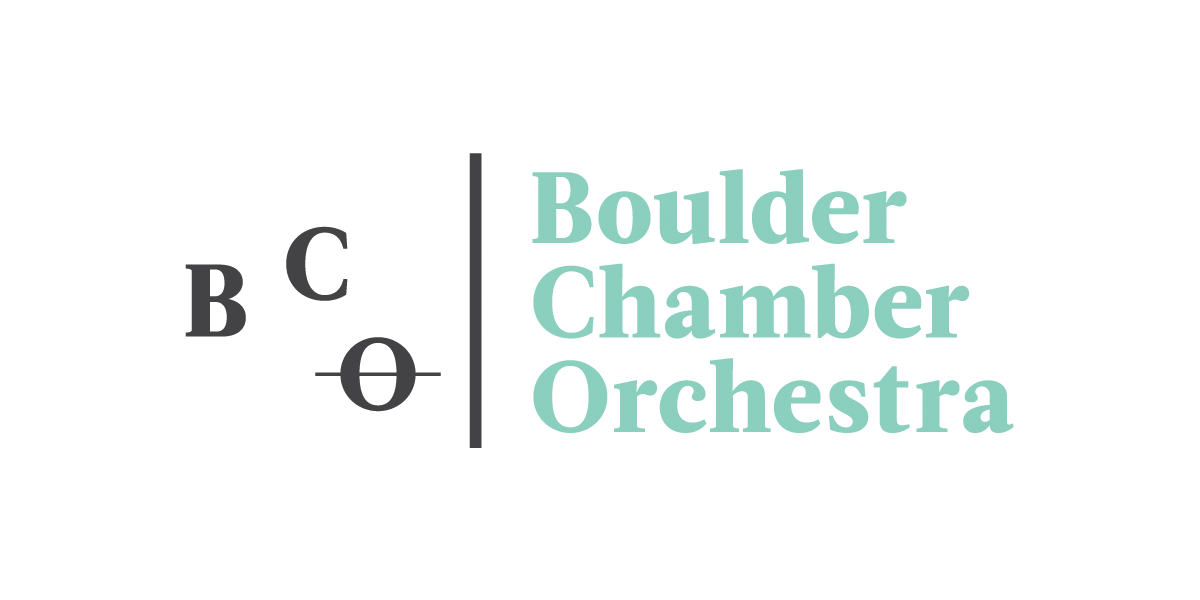
Strings Sensational
with Kellan Toohey - Clarinet
When
Saturday, January 25, 2025
7:30 – 9:30 PM
Where
Boulder Adventist Church
345 Mapleton Avenue
Boulder, CO 80304
Get Directions →
Program
Peter Boyer (b. 1970)
Three Olympians (2000)
I. Apollo
II. Aphrodite
III. Ares
Gerald Finzi (1901–1956)
Concerto for Clarinet and String Orchestra, Op. 31 (1949)
I. Allegro vigoroso
II. Adagio ma senza rigore
III. Allegro giocoso
Kellan Toohey - Clarinet
Antonín Dvořák (1841–1904)
Serenade for Strings, Op. 22 (1875)
I. Moderato
II. Tempo di Valse, Trio. Allegro con moto
III. Scherzo. Vivace
IV. Larghetto
V. Finale. Allegro vivace
